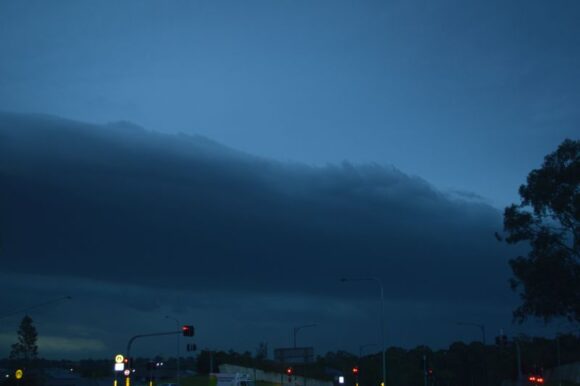A little know weather record at Sydney Observatory Hill almost fell with the weather station coming within 9 days of breaking the all time record for the longest period without a 30C day occurring.
On Wednesday 18 January 2023, it finally reached 30C at Sydney Observatory Hill for the first time this summer and the first since February 21 2022. This ended a period of 331 days without a 30C being recorded at the weather station and is now the second longest period without such days occurring.
According to the history books, that record still belongs to a period of 340 days between December 31 1882 and December 6 1883.
It is identified that it did not reach 32C once at this weather station for the whole of 2022.
It is emphasized that it only just reached 30C with 30.2C being recorded at around 2.16 pm however, it was short lived due to the sea breezes and later on cloud resulting in a cooling effect.
On the same day, it reached 36.6C at Penrith, the same as what occurred on December 24 2022 when it also reached 36.6C. These are currently the hottest days this summer at Penrith (Western Sydney).
To date, it has reached 30C just once this spring / summer season in Sydney compared to 19 days so far at Penrith.
This does show the effect of the La Nina weather pattern.
In addition to what occurred on Wednesday late afternoon, cloud thickened ahead of a significant weather change that brought a squall line, showers and some thunderstorm activity to Sydney. This event ended the heat that had built up earlier that day.
As this event passed over Blacktown at night, it became difficult to obtain any photos of lightning which was sporadic due to low cloud. While the storm was not severe by any means where I live, it did conclude an interesting day weatherwise.

The photos attached to the post shows an ominous the squall line as it approaches Blacktown from the west. The rain is further west. The shelf cloud that passed overhead brought a cooler south west wind change but no rain. Rainfall arrived approximately 1 hour later and well after dark. While some rainfalls of 26 to 28 mm fell around Seven Hills, the majority of the falls that did occur were much lower being within a range of 10 mm to 20 mm.
